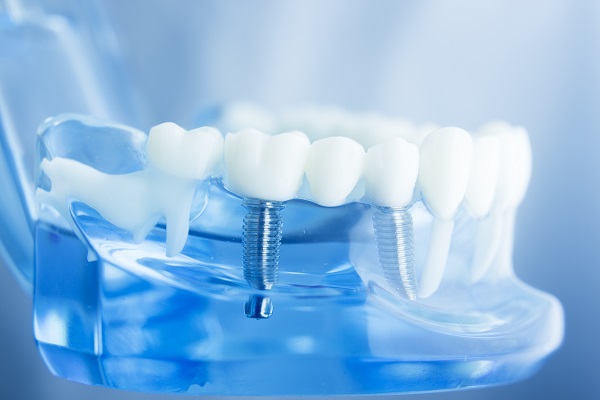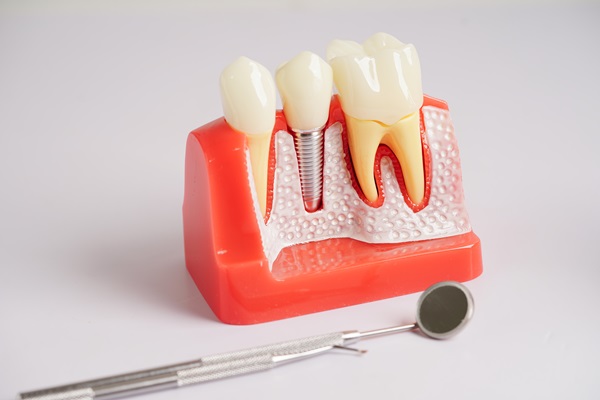Guide to Dental Implant Procedure Steps

Getting dental implants can be intimidating, especially if you do not know much about the process. This article will discuss the general steps that happen after a patient decides that they want to receive dental implants. We will discuss some of the considerations and conditions that need to be present after the surgery.
Overview evaluation
The first step is to have a dental practitioner evaluate the patient's mouth and see if they are a good fit for dental implants. The process involves the insertion of metal posts to create stable bases for teeth, so the dental practitioner will need to know things like patient allergies and general habits.
Things like being allergic to certain medicines and materials may challenge the dental practitioner, and certain habits like smoking and chewing tobacco may challenge the patient to receive an implant successfully.
Extraction surgery
Of course, all problematic teeth will need to be removed to make way for the new implant. The practitioner will most likely opt to do this on the same day they insert the new implant. The only way that this process can be complicated is if the patient has multiple fractured teeth.
Fractured teeth are more difficult to remove and can add time to the procedure. They may cause a slight increase in discomfort, but the anesthetic that your dental practitioner uses will help with the process.
Implant emplacement
There are two types of implants– one type goes just below the gum line, and the other is directly inserted into the jawbone. Depending on the size and the shape of the patient's jaw, certain precautions may or may not need to be taken. We will discuss that later.
The three parts to an implant are the post, abutment, and crown. The post gets inserted either in the gum line or the jawbone. After that heals for a couple of weeks, the dentist will place an abutment (the part that makes your crown flush with your gum line) on the post. After the dentist makes a solid connection and lets that heal, he will install the permanent crown that matches the color of your other teeth.
Recovery
Overall, the process of receiving an implant can take a few months. Although it can be a lengthy process, the outcomes are worthwhile and last 10-15 years before replacing them.
After the surgery, it is important to have softer foods stocked up so that your mouth has the materials and conditions that it needs to heal properly. That means engaging in proper dental hygiene and reducing the use of candy and tobacco.
Other considerations
Implants are not meant to be removed regularly for cleaning after installing. If you feel more comfortable with the regular removal and cleaning of your teeth, consider dentures.
Also, if the patient's jawbone is too fine, additional bone tissue may need to be grafted onto the jawbone to tolerate the tooth removal and implant insertion.
Contact your dentist now
Dental implants can help to restore the appearance and structure of your smile. However, without the proper care, the lack of implants can negatively impact your other teeth. Call your dentist to schedule an appointment today.
Request an appointment here: https://www.coronadodentistry.com or call Coronado Dentistry & Pediatrics at 6193545136 for an appointment in our Coronado office.
Check out what others are saying about our dental services on Yelp: Dental Implants in Coronado, CA.
Recent Posts
Choosing dental implants is a great idea if you are looking into your tooth-replacement options because you are missing one or more of your teeth. This option is one that offers benefits that other replacement options do not, which is why so many patients are choosing implants to replace their missing teeth. Other replacement options…
Learning about your sleep apnea treatment is your next step after being diagnosed with this fairly common sleeping condition. According to Hopkins Medicine, it’s important to treat sleep apnea, because it can have long-term consequences for your health. Ready to find out more about why treating this condition is so important to your overall health?Want…
With the latest treatments in cosmetic dentistry, it is easy to have a white, bright smile. Everybody wants to have sparkling teeth, but it is difficult to achieve it without professional help. That is why teeth-whitening treatments are everywhere. If you are thinking about getting a cosmetic dentistry treatment to treat your stained teeth, here…
Dentures help some people regain their smiles without surgery. Breaking them in is important. It is the period of making your prosthesis a part of your life. Learning how to wear your dental prosthesis is important. If you want to find out how to maintain a secure and comfortable attachment for your dentures, here are…


